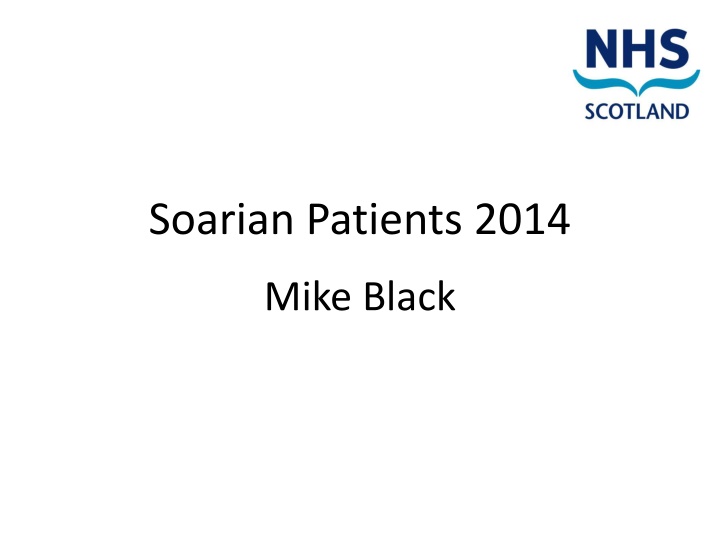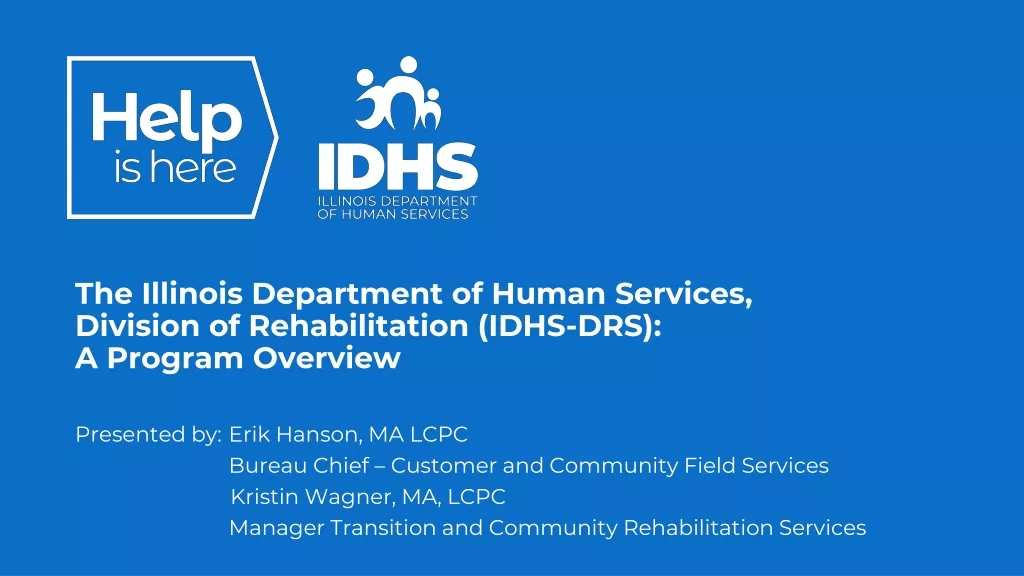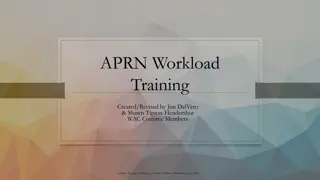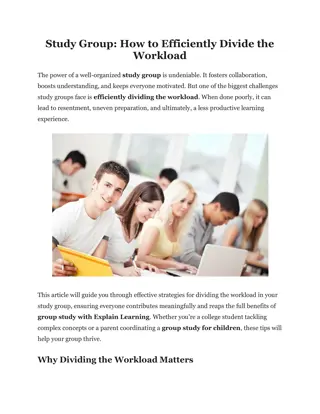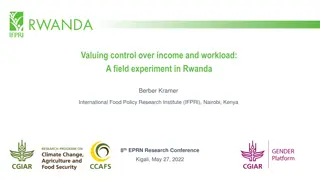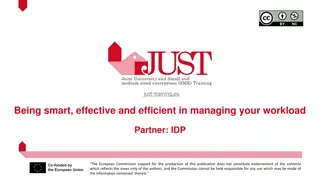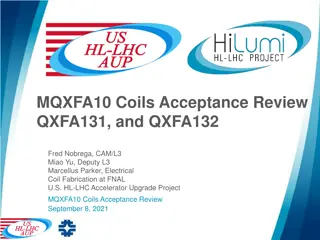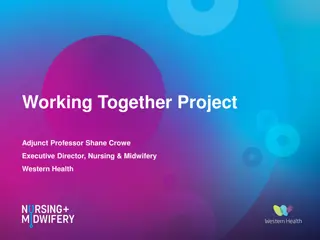DRS Workload Management Strategies
Addressing the workload challenges in Diabetic Retinopathy Screening (DRS) through innovative solutions and potential screening interval changes to enhance efficiency and patient outcomes. Explore ways to optimize screening processes, engage experienced graders efficiently, and navigate forthcoming adjustments in screening intervals.
Download Presentation

Please find below an Image/Link to download the presentation.
The content on the website is provided AS IS for your information and personal use only. It may not be sold, licensed, or shared on other websites without obtaining consent from the author.If you encounter any issues during the download, it is possible that the publisher has removed the file from their server.
You are allowed to download the files provided on this website for personal or commercial use, subject to the condition that they are used lawfully. All files are the property of their respective owners.
The content on the website is provided AS IS for your information and personal use only. It may not be sold, licensed, or shared on other websites without obtaining consent from the author.
E N D
Presentation Transcript
Soarian Patients 2014 Mike Black
Diabetes burden 12 Nov 2014 Total diabetic population on Soarian (KPI 0) = 292,956 Eligible population after suspensions (KPI 0) = 251,986 Number of individuals attending screening at least once (KPI 2 Uptake rate) = 2013 = 80.7% Today = 79.6%
DRS Eligible population 400,000 350,000 300,000 255,500 250,000 247,017 237,333 227,380 200,000 Eligible Population 174,582 Linear (Eligible Population ) 157,937 150,000 100,000 50,000 0 2009 2010 2011 2012 2013 2014 2015 2016 2017 2018
Screening workload in Scotland Average number of screening episodes per month = 16,725 Average number of screening episodes per working day= 796 Written results to patients within 20 working days = (KPI 9) = 95%
What can we do to prevent DRS Appointments DRS Appointments
DRS Screening grading workload L3 Grading (10,000+) L 2 Grading (18,000+) L1 Grading (192,000+)
Ease the DRS workload The Autograder(Level 0) capable of processing 600 episodes per day. But it can only finalise as R0/M0 circa 47% of all episodes processed. The rest is left for manual L1 L2 to L3 graders new DRS national policy to allow the most experienced and qualified L2 graders to work at L3. What else can we do ??
Changes to the screening Interval On the horizon there are potential changes to the screening interval. 4 Nations Screening Interval paper is being presented to the UK National Screening Committee on the 24th Nov. This is an evidence led research paper produced by all 4 UK devolved nations which suggests that the DRS screening interval could be varied out to 2 years for low risk patients. UKNSC may fully agree recommendations, ask for further information, consider the recommendation or dismiss it. Any UKNSC recommendation has then to be agreed by the Scottish Screening Committee and Health Department. Diabetes UK, RNIB and patient groups will also need to be consulted.
Changes to the screening Interval IT system requirements and the IT system. Risk factors for patients and mechanisms for managing these. Blood sugar, age, BP, previous medical history, DNA, diabetes management. Phase in or big bang approach ?? Potential for up to 40% of current patients to be on a 24 month screening cycle.
Changes to the screening Interval The decision has yet to be made - so please don t tell your patients that its happening next year. Earliest opportunity for us Son of Soarian Sept 2016. What would that mean for the screening workload?
How might those changes affect us 400,000 350,000 300,000 258,250 255,500 250,000 250,000 247,017 242,225 237,333 233,750 227,380 225,525 200,000 174,582 157,937 Eligible Population 150,000 24 Month Interval Linear (Eligible Population ) 100,000 50,000 0 2009 2010 2011 2012 2013 2014 2015 2016 2017 2018 2019
Diabetic Retinopathy Screening What s it all about? Diabetic Retinopathy historically it s cited as the biggest cause of blindness in the working age population (16 -64 years old) A recently published paper in the BMJ (Feb 2014) http://bmjopen.bmj.com/content/4/2/e004015.full Concludes that For the first time in at least 5 decades, diabetic retinopathy/maculopathy is no longer the leading cause of certifiable blindness among working age adults . This change may be related to factors including the introduction of nationwide diabetic retinopathy screening programmes and improved glycaemic control . Inherited retinal disease now represents the commonest cause.
Finally Thank You
